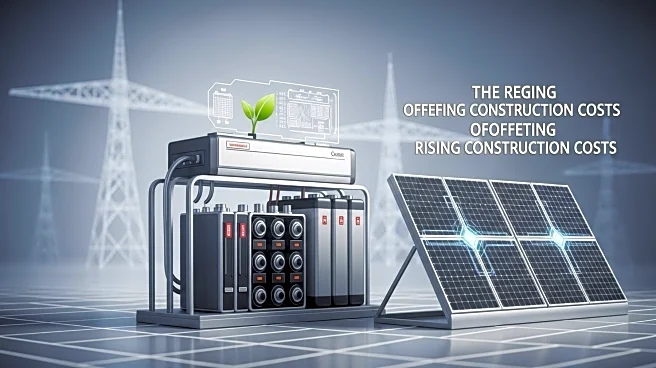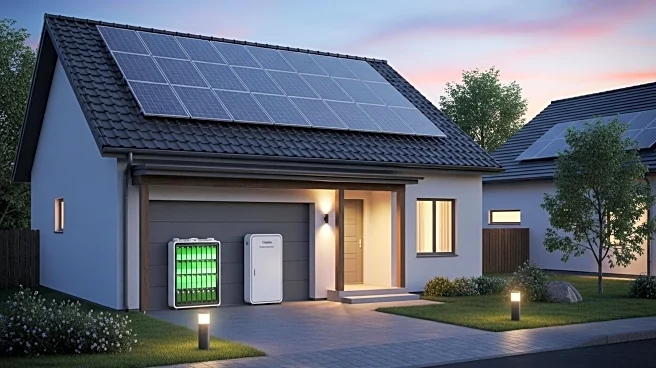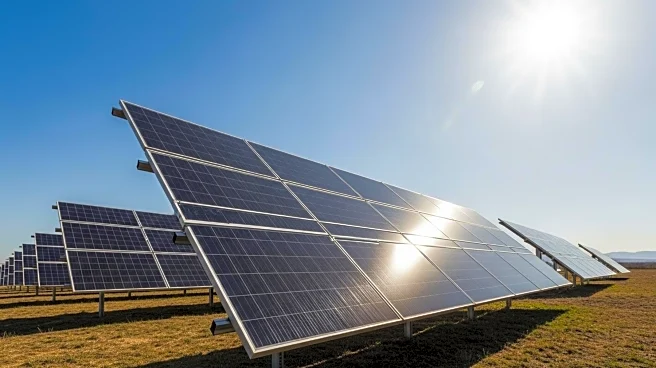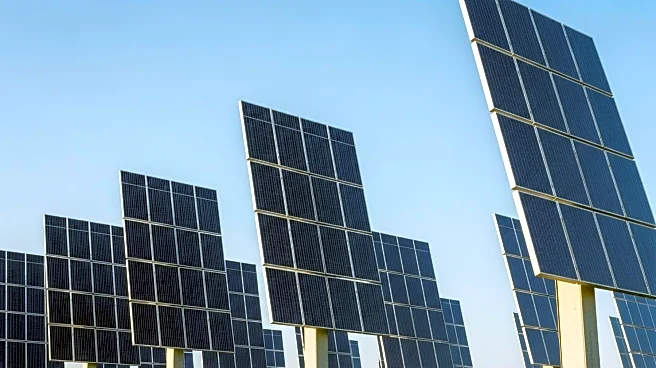What's Happening?
As U.S. electricity demand surges due to AI, data centers, and electrification, utilities face rising grid construction costs, estimated at $2.5 trillion by 2030. In 2023, utilities spent over $78 billion on infrastructure. A practical strategy to mitigate these costs involves optimizing behind-the-meter distributed energy resources (DERs) like rooftop solar, smart thermostats, and EV chargers. These assets can expand virtual power plant capacity, reduce peak demand, and defer costly new power plants and transmission investments. Supply chain issues and regulatory challenges further complicate grid modernization efforts.
Why It's Important?
Leveraging behind-the-meter DERs offers a cost-effective solution to meet growing electricity demand without extensive new construction. By integrating these resources into demand flexibility programs, utilities can maintain grid stability and avoid expensive energy market purchases. This approach supports the transition to a more resilient and sustainable energy system, reducing reliance on fossil fuels and minimizing environmental impact. The strategy aligns with regulatory developments promoting demand response and virtual power plants as viable energy resources.
What's Next?
The Department of Energy estimates the need for 80 GW to 160 GW of additional virtual power plant capacity by 2030. States like Virginia are already requiring utilities to submit pilot proposals for virtual power plants, indicating a shift towards DER aggregation in energy planning. Utilities will need to invest in advanced distributed energy resource management systems to unlock the full potential of behind-the-meter assets and support demand flexibility programs.













